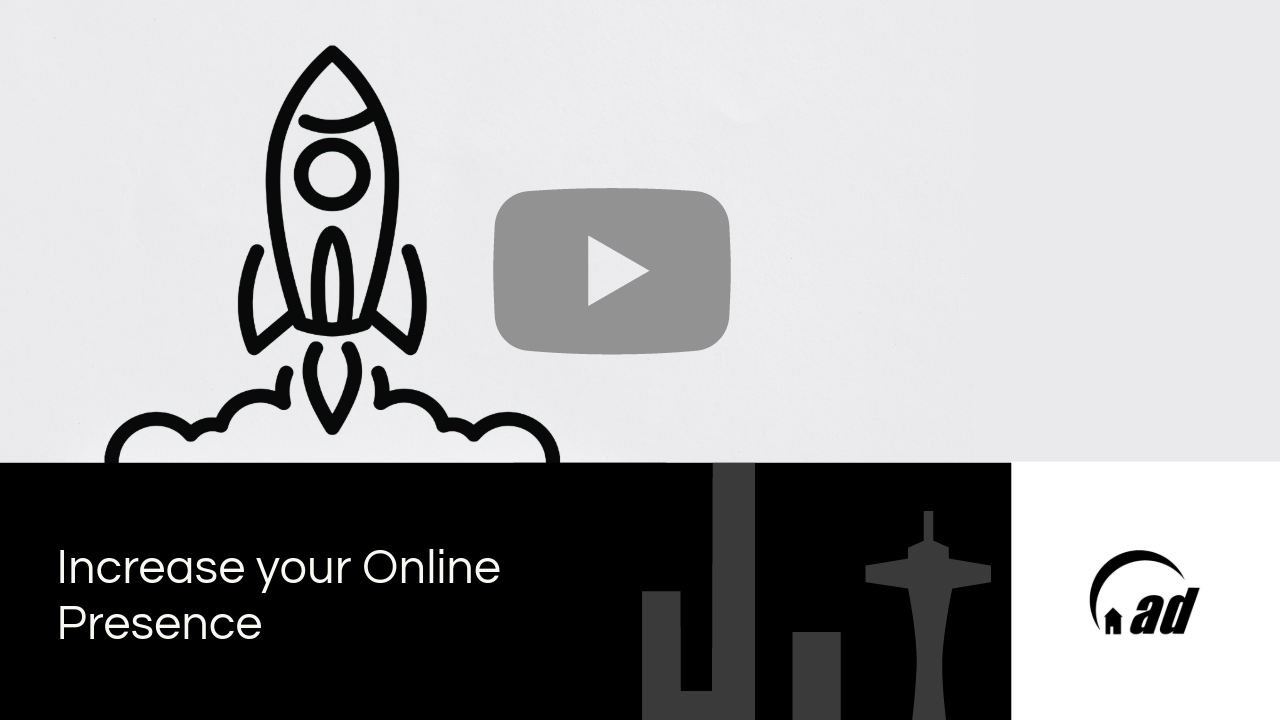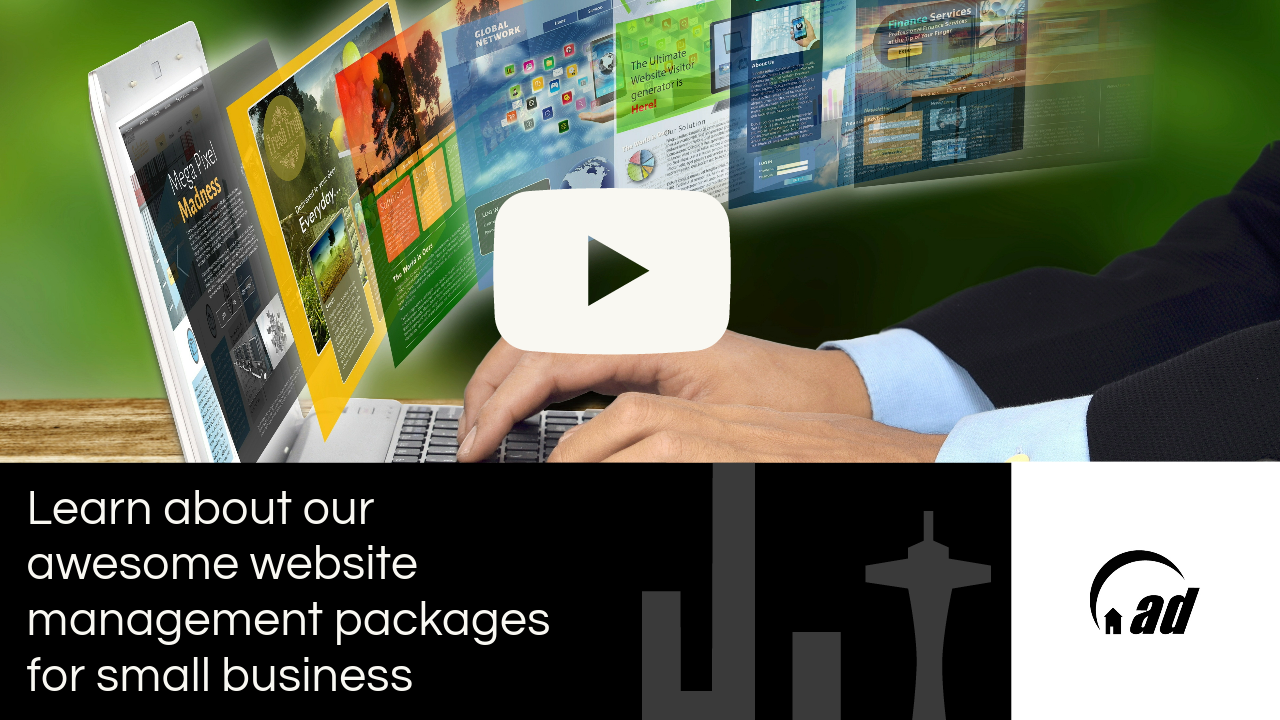Developing A Dominant Digital Footprint: A Guide
For any business owner, a strong online reputation will be a crucial factor for the success of that business. Even businesses that do not solely operate digitally will be aware of the importance of developing a digital footprint. Creating and building an influential online reputation can be achieved in many ways. Each will be worth implementing for maximum results. For a better understanding of why a digital footprint is so essential for business. Please read on.
Building your online reputation should focus on several points and strategies. When these strategies are brought together. They can give your business a positive standing among the competition. Given you an overall strong internet presence. A positive outcome and a reputation built from success stories and satisfied clients are all possible. Just read about the following points below. Your business can either improve its current digital footprint or reinvent itself entirely. To be a front runner within your sector or specific industry.
First & Foremost, Know Your Brand
Every business will be familiar with the challenges of getting noticed online. Along with competitors to look out for, there are various online platforms to consider and a myriad of content out there for your potential customers to trawl through to get to you. To get noticed and establish a strong digital footprint, it is first essential that you know your brand.
- What is your brand identity?
- What makes it stand out from the rest?
- Do you have an established voice?
- Are you conveying a consistent targeted message?
Knowing your brand in this way will mean that when you work on building a solid online reputation. You will not flounder and under deliver on promises. The most important aspect of business is being consistent and clear from the start.
Work On Your Website
Your website is your bread and butter when it comes to your digital image. It will often be the first port of call for potential and existing clients and customers. Bearing this in mind, give considerable time and thought to your website. Some questions to carefully think about include:
-
Do your web pages have fast loading times?
Load times can also impact your business if your web pages are clunky and slow.
A one second delay in page load time can cut conversions by 7 percent.
This might shock you, but this statistic just goes to show how crucial fast load times are. A frustratingly slow website can deter potential customers from using your services or buying your product. Long before they have even discovered what you have to offer. A customer is far more likely to return to you for further business and speak positively about your company if you can provide an efficient website that gives them what they want. -
Is your website optimized?
A visually top-notch website is, unfortunately, not enough to ensure success in this day and age! SEO, or search engine optimization, can give your site the boost it needs to achieve that all-important visibility. Through keyword research and thoughtfully created content. You can optimize your website so that customers can find you easily when trawling the web. Utilize keywords that are 1-2 words as well as long-tail keywords, comprised of longer phrases, that are regularly used by your customers when searching for services like yours. Hitting the top spot on Google is a sure way to establish a strong digital presence, and your website provides the perfect platform to achieve this.
-
Is it mobile friendly?
M-Commerce is fast becoming prominent when it comes to e-commerce sales. Having your website mobile friendly is essential. The interface should be clear, concise and easy to follow. Unfortunately, mobile users will become easily frustrated and lose interest if your web pages are clunky, and showing an outdated display on their phone screen. Business websites that aren’t mobile-friendly reflect badly, too, as it can give the impression that your business is falling behind. This won’t do wonders for your digital footprint, as your website should be modern, engaging, and accessible anywhere.
-
Are there appropriate add-ons and WordPress plugins?
The right plugins can help your website achieve optimum server performance, through reducing page load times. Increased site performance will boost your website’s reputation and Google ranking, too. Some plugins will help visitors get in touch with you, in the form of contact forms and order forms. While others will assist with analytics to provide that vital information about how people find and use your website.
-
Are there enough visuals?
Visuals and design are integral to a website. Aim to tell a story with your visuals that can bring across who you are and what you can offer your customers. For those who have found you by chance. Your website visuals can help form that all-important first impression. The bottom line is, if customers don’t like your site. They will take their business elsewhere. It really is that simple. First impressions count! Visitors now form an impression of a website in as small a time-frame as 50 milliseconds.
Don’t Forget Your Blog
A blog is a brilliant way to add substance to your website and improve your business digital image. It lends itself to optimizing your site, as you can post regular, original content that is keyword–optimized and relevant.
What’s more, a blog enables a business to establish their voice and share their expertise with customers. It builds accreditation within your field or industry. That helps bolster your business to achieve the digital footprint you are aiming for, and all through organic means.
How to keep your blog content fresh
- Try to reach out to experts to guest blog.
- Aim for every blog post to either inform, entertain, engage or influence your readership. Or do all at once!
- Although writing pieces are great, what about a helpful infographic once in a while?
- A helpful guide with ’10 Top Tips’ can help keep your customers incentivized to your products and services.
- Never underestimate the power of video. Video is predicted to represent over 80% of all internet traffic this year.
Essentially, you want to be creating new content all the time. Keeping it fresh will pique interest in your business, and can see your content shared through other mediums such as LinkedIn, Facebook, or Twitter. This all adds towards developing your online reputation in a positive way, and all it requires is a little imagination and originality.
Be Consistent With Content
Building an internet presence is one thing, but sustaining your presence in a positive way is another issue entirely! So, how can this be achieved? One golden rule is to be consistent with your content. It’s all very well and good to deliver strong content on your website or blog, but if this falls by the wayside and you barely post anything. Your business will soon be forgotten, as customers will turn to competitors. Set out a clear content strategy that involves a plan for how often you will post content, and what this content aims to achieve.
No content is better than poor content! So, with this in mind devise a content strategy and give it time and effort to get it right. You will be thanking yourself later when you see previous clients and customers coming back because they like what they’re reading. What’s more, visitors are far more likely to share your content and speak positively about your business if you are offering something that your competitors aren’t.
Use the right social platforms
This is often a faux pas for many businesses. Achieving a strong status online is all about using the resources available to you; nobody denies this. But many businesses make the mistake of aiming to focus on multiple avenues with various strategies in place. Unfortunately, this can actually do the opposite of making a good impact, resulting in minimum exposure across the board. Instead, you should aim to put all your efforts into building your online reputation on the platforms where your customers can find you. This might be through LinkedIn, Twitter, Facebook, or Instagram.
Focusing your efforts and resources on one of these platforms will stand your business in better stead than aiming to reach the top on all of them. This is because all funding, strategy, and processes can give this one platform 100% of your attention.
In many cases, your target audience will likely be operating or more active on one of these platforms, anyway.
Instagram is brilliant if you are aiming to reach a younger demographic that is inspired mainly by visuals and rapid content. Telling Instagram stories are an excellent vice for companies hoping to tap into their target market. They are allowing businesses to share real-time images and video content. Such real-time marketing tactics can see businesses capitalize on current trends, as they are happening. A business can quite literally tell a story, adding authenticity and a personal touch to its brand, business identity, and internet presence as a whole.
Twitter allows for easy inter-connectivity as well as helping a business establish their voice. It is arguably one of the top methods customers use to directly communicate with businesses, whether with positive or negative intent. Content found on Twitter capitalizes on trends and hashtags. As a platform, you can build an online reputation through following your customers, business partners, vendors, contractors, and suppliers.
You can also tap into your competitors and see what they are up to. You can locate and find local businesses, and easily follow and connect with them. Making it easier to see the latest trends and discussions within your industry. With Twitter, businesses can reply directly to customers, retweet interesting content, and generally build brand awareness. Along with a strong following through a properly devised campaign. All it requires is time and resources to provide your target audience with the information they need, while also showcasing how your business can help them.
Facebook may be the first social platform a business might consider when aiming to integrate social media into their digital marketing strategy. It is easy to see why, as through Facebook, businesses can improve legitimacy and show a human side. Facebook has many features such as:
- About section
- Community page for posts and photos from customers
- Events page for promoting upcoming events
- Home page, for all your updates and posts
Other features such as a reviews section, services page, and photo albums allow business to truly build a solid foundation and brand identity. Regular posts that engage with your target audience can result in likes and shares. Which can give your business the prominence and digital footprint you are aiming for. It is a more personable way to connect with your target market. Instant messaging is great for customer service; Facebook Insights is a handy analytics tool that’s free to use. Insights collects page data including the effectiveness of social campaigns and the number of post engagements.
LinkedIn is a fantastic resource and platform for businesses looking to focus their internet presence on their reputation in the business world. It was mainly developed to connect enterprises with those in similar industries. Business professionals can connect and share their expertise, with the aim to grow their own business and further their own professional standing. For building an online presence with the professionals in your industry, LinkedIn is the right platform to tap into.
In Conclusion
Developing a dominant digital footprint may require you to address various parts of your digital marketing model. However, through the techniques laid out above, you can help to develop your online presence the right way. Boosting your following and increasing your exposure. Achieving those all-important search rankings is achievable. Just through some careful planning and imaginative ideas. Want to get an idea of your current digital footprint? Contact Allshouse Designs today and request a call back to see how we can improve your digital footprint for the better, sooner than you think.
Share
Tips & Updates









